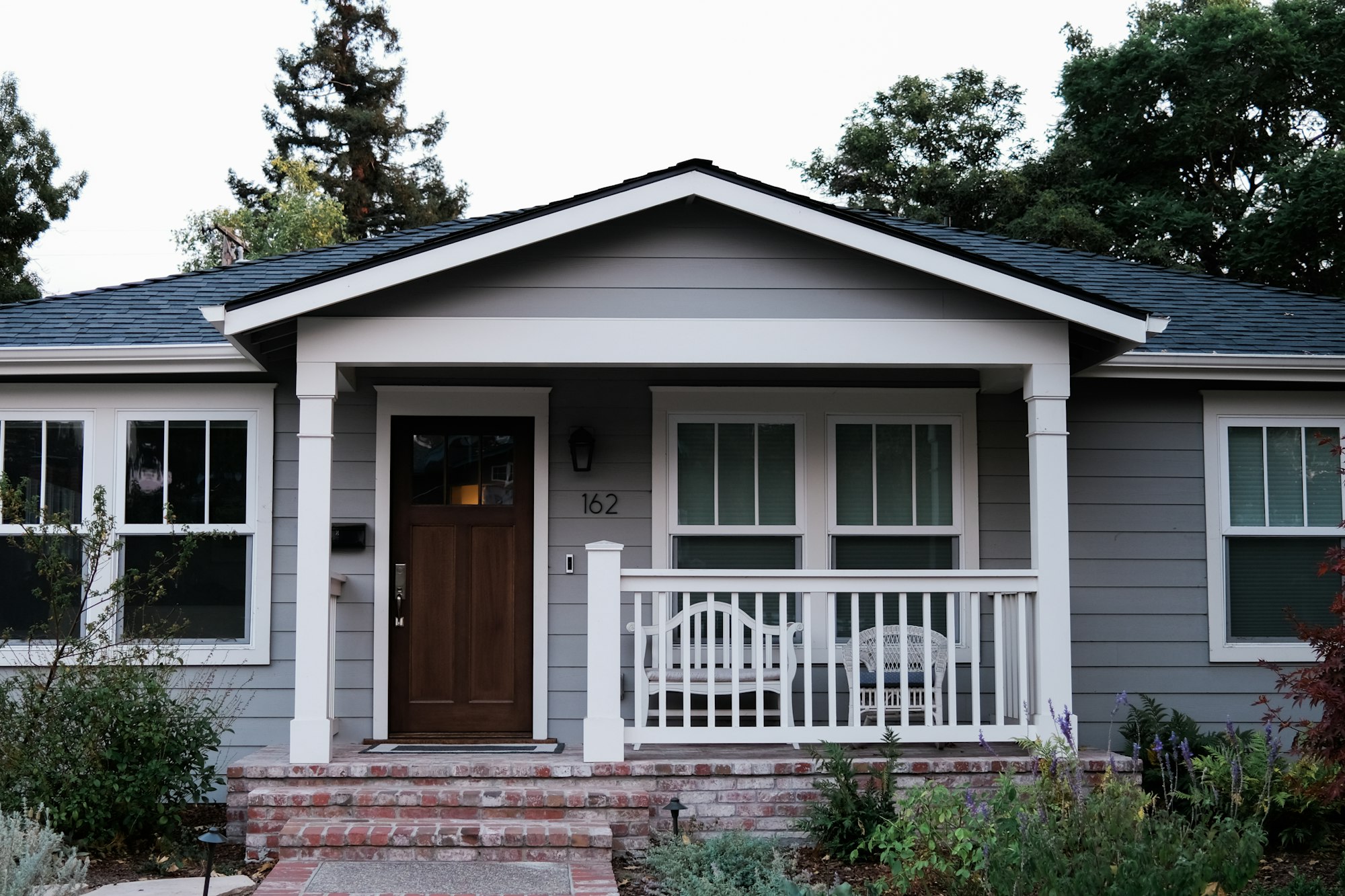
What is a Bridge Loan?
You may be wondering what a bridge loan is, how it works, and if it's right for you. Here's everything you need to know about this loan type.
If you’re in an in-between spot of selling your current home and purchasing a new one, and you find yourself without sufficient funding, a bridge loan may be able to help. Before you pursue this loan type, it’s crucial to know what it is, how it works, circumstances where it can help, and key things to consider.
A Bridge Loan, Defined
If you’re a homeowner interested in purchasing a new home, you can secure a bridge loan to help, well, bridge the gap you may have in financing if you haven’t sold your current home.
A bridge loan is a short-term loan specifically for transitional circumstances, typically lasting anywhere from six months to a year. You may also hear them referred to as bridge financing, or a hard money loan. These types of loans can be secured through a lender, much like a traditional mortgage loan. But it’s important to realize they work differently than a typical mortgage loan, and should be used in specific cases.
How Bridge Loans Work
If this is the first time you’ve heard of this type of loan, and you’re curious to learn more about how bridge loans actually work, we’ve got you covered. It’s not enough to decide to purchase a home before selling your current one to get this type of loan.

Typically, if you’re selling your home, you’ll wait for it to go under contract before making an offer on a new home. But sometimes, circumstances outside your control can prevent you from taking the typical home selling path. A bridge loan can help: It’s financing used towards the cost of the new home you intend to buy.
Still, it’s not as simple as requesting this loan type from a lender and jumping right into a home purchase. There’s plenty to weigh before you decide to secure a bridge loan.
What to Consider Before Pursuing a Bridge Loan
Bridge loans are generally best suited for more extenuating circumstances. They also come with plenty of caveats in comparison to a traditional mortgage loan. Here are some critical things to consider before you pursue securing a bridge loan for your home purchase.
Bridge Loans Are Short-Term, So Be Prepared to Repay Sooner than Later
Because bridge loans are specifically designed to be short-term, you can expect to need to repay them within one to three years. If you’re securing a significant amount of financing through a bridge loan, you’ll need to be sure you can repay within the timeframe of the loan.
You’ll Need a Significant Amount of Home Equity to Get a Bridge Loan
For a bridge loan, most lenders will consider what’s typically evaluated for a mortgage loan: your credit score, debt-to-income ratio, and the value of the home you want to purchase.
But for this loan type specifically, most lenders will let you borrow up to 80% of your loan-to-value ratio, or LTV. Your LTV is the amount of your mortgage loan against the appraised value of your home. With the 80% limit, you should prepare to have a minimum of 20% equity in your home to qualify for a bridge loan.
Weigh Your Current Circumstances to Assess if This Loan Type is Truly Right for You

A bridge loan is certainly not a one size fits all, but can be an important, helpful tool in certain scenarios. You may be in a situation where you need to quickly purchase a home before selling your current one. Maybe you’re located in a scorching hot seller’s market where you need an offer to stand out. Or you simply don’t have enough saved up for a down payment until you sell your current home, but you still need to find a different home to buy.
For each of these situations, a bridge loan can help fill the funding gap. Still, bridge loans come with much more financial consideration.
Know the Financial Burden Bridge Loans Can Create
Yes, like any loan, you’ll need to repay a bridge loan if you secure this loan type. But in addition to repaying it within 1 to 3 years, you’ll also need to anticipate a higher APR, higher interest rates, and two mortgage rates once you purchase your new home. This can create a significant financial obligation in comparison to simply waiting to sell your home, or saving up sufficient funds.
Bridge loans are not merely temporary cash flow, they’re specific, higher-stakes loans with specific requirements, which can potentially throw off your plans.
If you’re ready to start the process of selling your home, trusted, professional agents in your area are here and ready to help. Find them today on RealEstateAgents.com.






